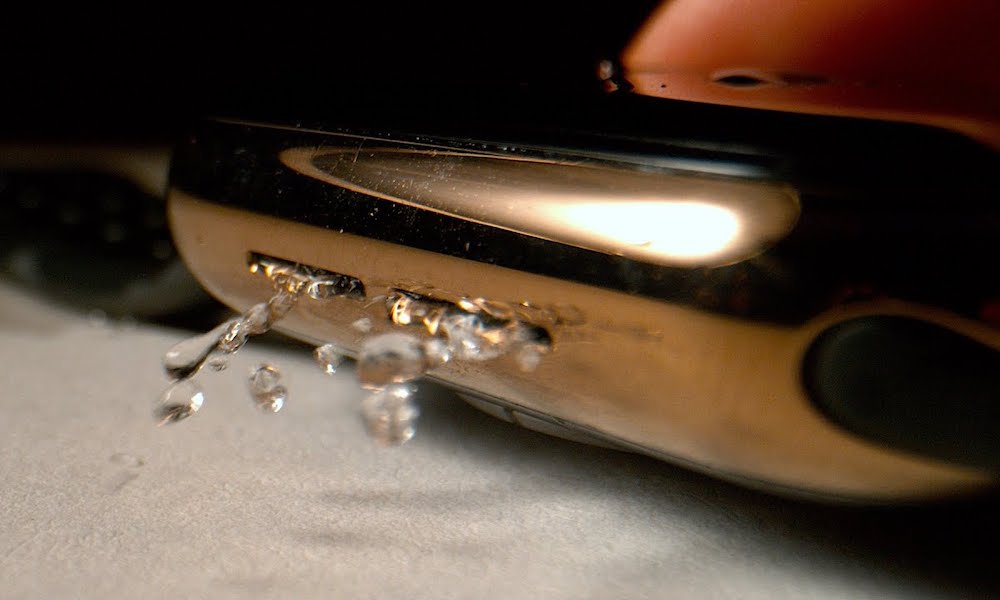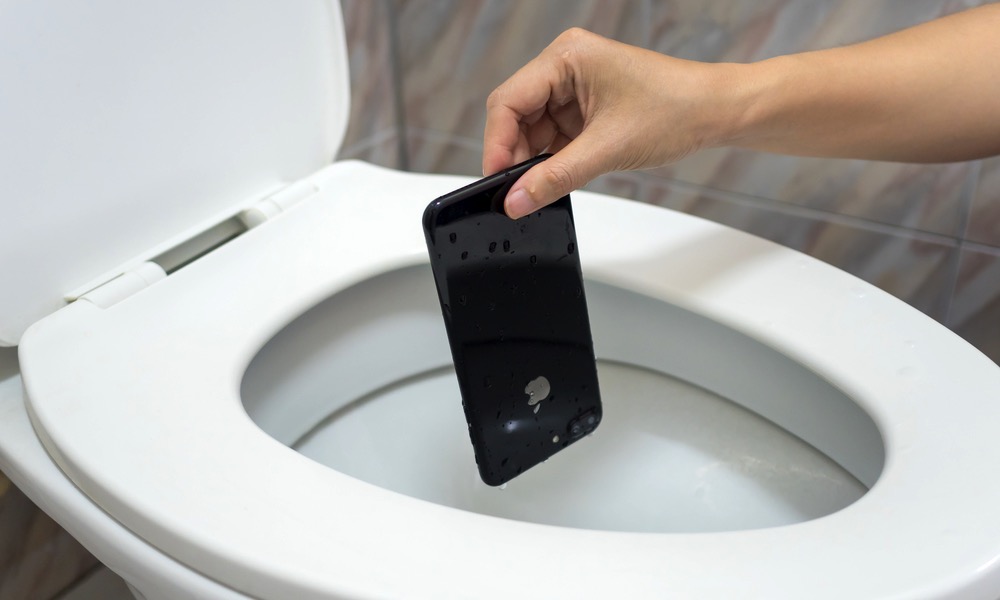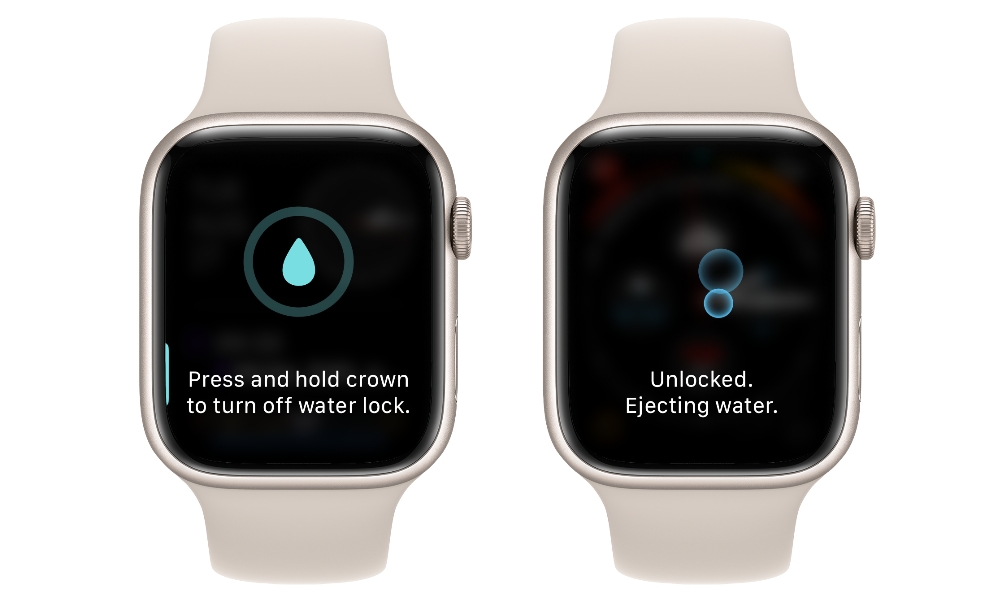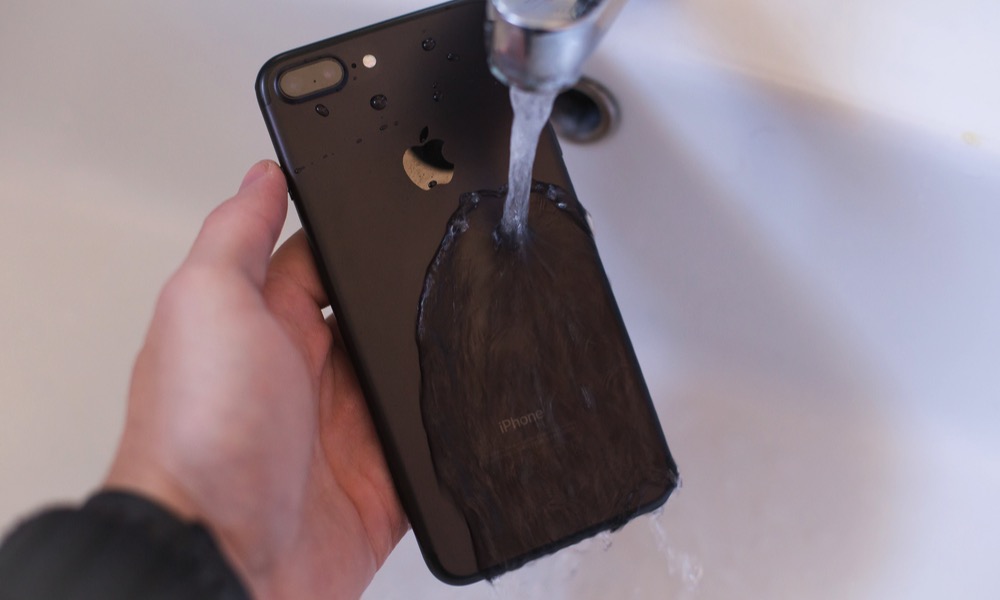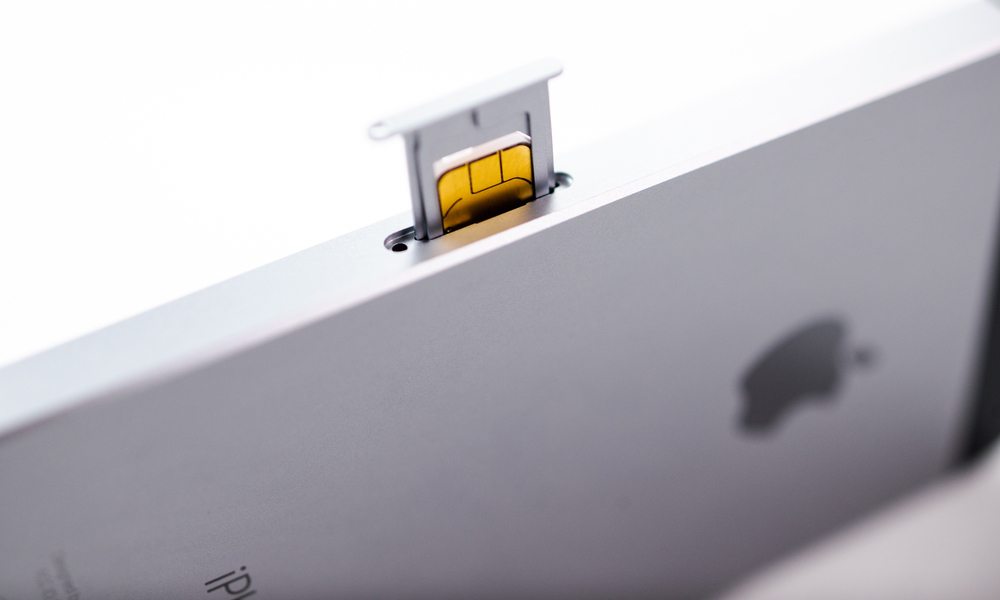Can Playing a YouTube Video Dry Out Your iPhone?
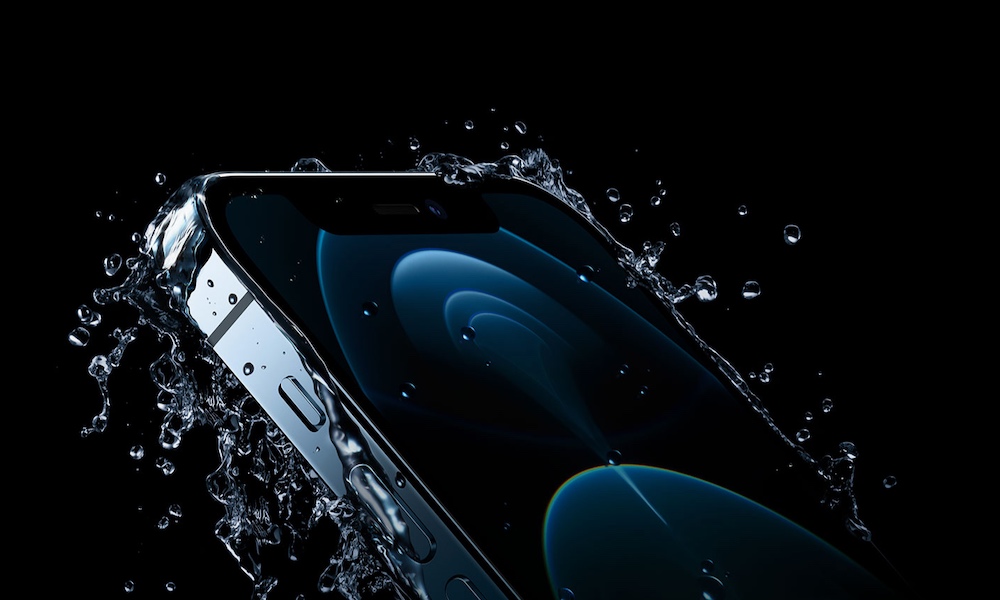 Credit: Apple
Credit: Apple
Toggle Dark Mode
While Apple’s recent iPhone models are some of the most water-resistant on the market, they’re not technically waterproof. So, when your iPhone takes a dunk or even a few splashes of water from a pool or lake, it could be enough to make you nervous and start looking for ways to dry it out quickly.
For years, the conventional wisdom for dealing with a waterlogged iPhone has been to put it in a sealed bag with some rice overnight. While that theoretically works — the rice gradually absorbs the moisture from inside the iPhone like a natural dehumidifier — it’s actually something Apple recommends against doing, as it “could allow small particles of rice to damage your iPhone,” potentially making things worse.
We also hope it goes without saying that you should never resort to brute-force methods like using a hair dryer or sticking your iPhone in an oven to dry it out. That’s guaranteed to damage your iPhone far more severely than a bit of water, especially since it’s unlikely the water has reached any critical internal components.
The iPhone has an IP68 rating for water resistance. That rating guarantees that a device has been tested to withstand a minimum of one meter of water for at least 30 minutes. However, that’s also the same as the lower IP67 rating, so what IP68 means is that a device can withstand more than the minimum. How much more is up to the manufacturer, but Apple beats out nearly every other smartphone out there. The iPhone 12 and later models can handle up to six meters of water for up to 30 minutes. By comparison, Samsung’s latest Galaxy S24 phones are only rated to 1.5 meters for the same amount of time.
Still, just because water can’t get at the sensitive electronics inside your iPhone doesn’t mean it won’t cause other headaches. Water in the Lightning or USB-C port can cause charging and other connectivity problems, and water in the speakers will likely muffle your sound.
This Is a Journey Into Sound
It’s this last problem that a viral YouTube video aims to solve. For years, there have been several videos on YouTube that promise to remove water from your iPhone. While it’s easy to be skeptical of these and wonder how playing a video can dry out your iPhone, it seems they work because there’s some sound science behind them — literally.
The folks at The Verge decided to put one of the most popular of these videos to the test. Titled Sound To Remove Water From Phone Speaker ( GUARANTEED ), it’s had 45 million views and is filled with over 143,000 comments, mostly from folks who have tried it and insist that it was the salvation of their iPhones.
Problems come from all walks of life and just about every scenario you can imagine. Some have walked through rivers with an iPhone in their pocket, while others made the mistake of keeping their iPhones in the bathroom during a hot shower or experienced actual dunks into pools, lakes, and even toilets.
The Verge’s David Pierce decided to do some investigative reporting to see if these videos really work or if people are just benefiting from better water resistance on modern smartphones.
Pierce reached out to Apple, Google, and Samsung to hear their thoughts, but none offered any unique insights, pointing him to their generic support pages for dealing with wet phones. However, a senior researcher at Bose provided some insight that perfectly explains how a simple YouTube video can de-water-log your iPhone — at least in some instances.
It turns out these videos are just taking advantage of a technique that’s been built into the Apple Watch since the Series 2 added swim workouts in 2015. The Apple Watch has a Water Lock mode that can be used when swimming or engaging in other water sports. Water Lock doesn’t make the Apple Watch any more water resistant, but it does help avoid unintentional taps on the display that might happen from water pressure. More significantly, it also ejects water from the speaker when you turn it off.
The water ejection system does its thing by playing a few noises from the Apple Watch speaker. As Pierce notes, “all a speaker is really doing is pushing air around,” and if you apply enough force you can push droplets of liquid out along with that air. Eric Freeman, Bose’s senior director of research, concurs that this is essentially what these YouTube videos are doing as well.
The lowest tone that that speaker can reproduce, at the loudest level that it can play. That will create the most air motion, which will push on the water that’s trapped inside the phone. So those YouTube videos, it’s not, like, really deep bass. But it’s in the low range of where a phone is able to make sound.Eric Freeman, senior director of research at Bose
Does It Work?
Pierce also reached out to the gang at iFixit to see if they could test this theory. Repairability engineer Carsten Frauenheim said that the specific oscillating tone in the video should push the water out of the speaker grilles. Still, he wasn’t sure how effective the YouTube videos were since they might not be appropriately tuned for the specific hardware.
So, Frauenheim passed the problem on to Shahram Mokhtari, iFixit’s lead teardown engineer, and Chayton Ritter, an engineering student who also works with iFixit’s editorial department, who took four phones and got them wet. The phones were immersed in a bath containing a UV dye, which could later be used to determine where the liquid had gotten into the phones and not come back out.
The results were mixed in terms of water ingress. Only one phone — a Pixel 7 — survived unscathed, but these were all older phones, so the water-resistant seals had probably worn down at least a bit. Every smartphone manufacturer warns that water resistance isn’t permanent and can deteriorate over time, so it’s best to always be careful around water, no matter how good your phone’s IP rating is.
When it came to the speakers, though, there was solid evidence that the YouTube video worked as advertised. Ritter took close-up videos of the speaker on each phone, observing a flurry of droplets coming out as the video played.
The catch? As one would expect from the scientific explanation, the video only worked to clear water out of the speakers. Water trapped in other areas, such as under the buttons, in the SIM slot, USB/Lightning port, and elsewhere, remained where it was.
I say [the videos] kind of work. It can’t hurt, but I don’t see it being an end-all-be-all fix or a way to pull all the liquid out.Chayton Ritter, iFixit
Pierce theorizes that this is likely why the water expulsion feature from the Apple Watch isn’t available on the iPhone. Apple’s wearable has no ingress points where water can enter other than the speaker cavity; there’s no USB port or SIM slot, and the buttons have their own water seals, so any water trapped outside can’t harm the device.
On the other hand, the iPhone has a USB-C or Lightning port, and most models are still equipped with a SIM card slot, both of which are in places that the speaker vibrations can’t reach. Pierce spoke with experts who all suggested that the “shower scrollers” who praise the YouTube video are likely benefiting more from better water resistance than what the video is doing.
It’s also worth remembering that even Apple’s IP68 water resistance is limited to fresh water. If you drop it in the ocean or a chlorinated swimming pool, all bets are off. Apple also recommends explicitly against exposing it to “soap, detergent, acids or acidic foods, and any liquids” such as “perfume, insect repellent, lotions, sunscreen, oil, adhesive remover, hair dye, and solvents” It also shouldn’t be used during high-velocity water activities, or in a sauna or steam room.
As for the YouTube video? The bottom line is that it will help clean out your iPhone speakers if you have difficulty hearing them clearly after water exposure. However, it’s not a miracle fix for water exposure and shouldn’t be treated as a panacea for all water problems.


